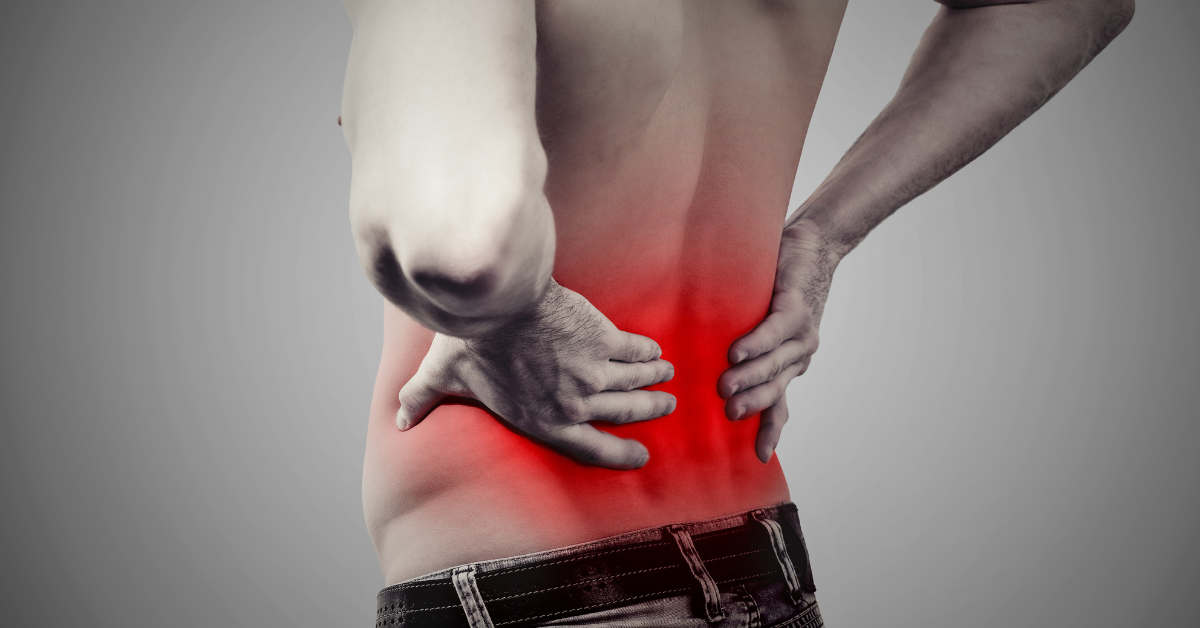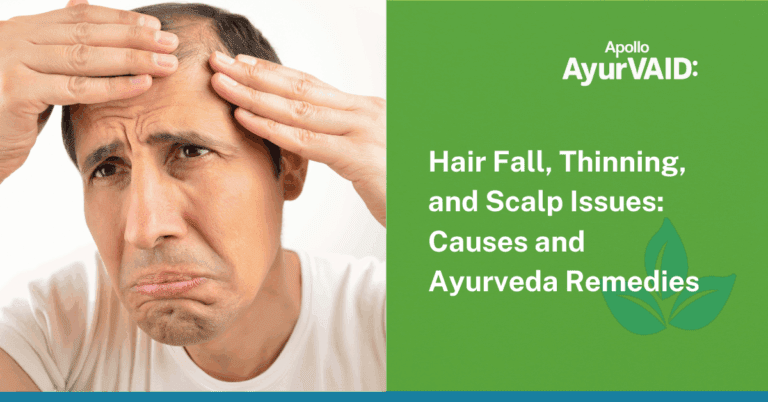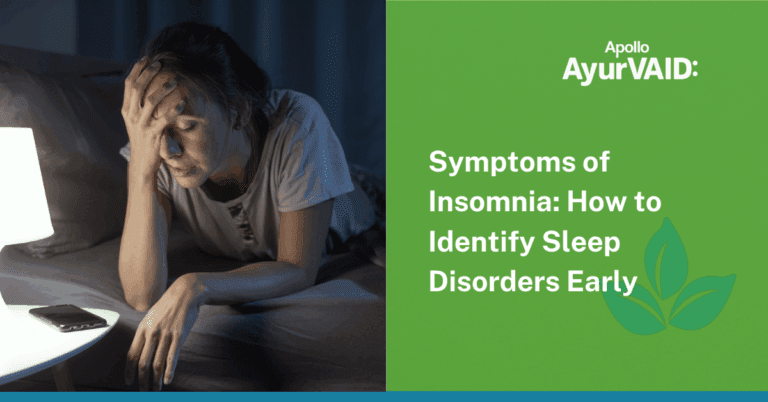Introduction
Persistent back pain affects millions worldwide, affecting daily activities, and professional and personal life. Finding lower back relief is crucial in today’s fast-paced world. Lower back pain is considered Katishoola in Ayurveda, primarily caused by an imbalance in Vata Dosha. Proper exercise can significantly reduce chronic discomfort. Understanding proper techniques and approaches is essential for developing sustainable strategies for long-term spinal health and overall well-being. Each individual’s experience is unique, requiring a personalized approach to finding effective solutions.
In this blog, we’ll explore 10 proven methods to help you find how to get relief from lower back pain and exercise to get relief from lower back pain. Pain relief from back pain can be achieved with the help of Ayurveda therapies, lifestyle changes, and other exercises. These are evidence-based solutions with a scientific rationale, based upon known facts about different types of back pain, that help find the relief you desire.

How to get relief from lower back pain?
The treatment for lower back discomfort varies with the cause. The primary causes include muscle strains, poor posture, herniated discs, and sometimes other concomitant diseases such as arthritis, lumbar spondylosis, and osteoporosis. Lower back pain in females is common and can arise due to pelvic congestion syndrome, PID, ectopic pregnancy, urinary tract infection (UTI), and sexually transmitted diseases (STD). Treatment of pain usually requires rest, gentle stretching, and good posture.
- Short periods of rest may be helpful in acute pain, but prolonged inactivity should be avoided to keep the muscles active.
- Ice can be applied during the first 24-48 hours to reduce inflammation, while heat therapy afterward aids muscle relaxation and blood circulation.
- Core strengthening is beneficial for the back, decreasing the strain on the back, and inhibiting future aches through specific exercises.
- Maintaining a good posture while sitting or lifting with ergonomic support will help.
- Natural anti-inflammatories such as turmeric, ginger, and garlic are helpful spices that best pain relief for back pain.
- Warm foods including pomegranate, leafy vegetables, whole grains, legumes, nuts, oils, and meats are all soothing for pain.
- Raw fruits and vegetables, dairy, and meat should be avoided.
- Processed food, salty, and refined sugar should be avoided, and alcohol and caffeine consumption should be limited to prevent inflammation.
- Warm soups, cooked vegetables, whole grains, and healthy fats are beneficial.
If the pain does not go away after a couple of weeks, radiates down the legs, or is associated with numbness, weakness, or fever, one must seek medical help to exclude serious conditions.
Exercise to get relief from lower back pain
Lower back pain can be considerably improved and relieved through stretching and strengthening the spine-supporting muscles. The following five poses are good for lower back pain relief. These asanas help pacify Vata dosha responsible for lower back pain. They promote proper Prana (energy) and Apana (type of Vata located in the region) flow, and enhance circulation in the Srotas (channels), aiding in pain relief and spinal health.
- Balasana (Child’s pose): This gentle spinal stretch relaxes tightness in the lower back. Begin on hands and knees, bringing hips back to rest on heels, extending arms forward, lowering the torso toward the floor, and holding for several breaths.
- Marjaryasana-Bitilasana (Cat-Cow Pose): This dynamic action increases flexibility while relieving tension in the spine. Starting on all four limbs, inhale arching your back (Cow Pose) and exhale rounding your spine upward (Cat Pose). Repeat for several breaths.
- Bhujangasana (Cobra Pose): This pose increases back muscle strength and spine flexibility. Lie on your stomach; hands under your shoulders; gently press into hands to lift your chest off the floor while keeping the lower body relaxed. Hold it for a few breaths.
- Setu Bandha Sarvangasana (Bridge Pose): This pose is excellent for strengthening the lower back and glutes while stretching the chest and spine. Lie on your back with knees bent, and feet flat on the floor; press into your feet to lift your hips toward the ceiling while keeping your shoulders grounded. Hold for several breaths.
- Supta Matsyendrasana (Supine Spinal Twist): This gentle twist relieves tension in the lower back and improves spinal mobility. From the supine (lying on one’s back) position, allow one knee to cross the body while keeping shoulders grounded, turning the head in the opposite direction. Hold for several breaths and switch sides.
NOTE: Practice on an empty stomach, move slowly, hold poses for 5-10 breaths, use props if needed, stop if experiencing pain, and seek qualified guidance before practicing.
AyurVAID’s 4-Step Approach to Determine Root Cause and Create an Individualized Treatment Plan for Lower Back Pain
- Whole-Person Health Assessment – Carried out by our experienced Ayurveda clinicians, an evaluation of current symptoms, past medical history, and probable Nidanas (causative factors) of presenting lower back pain is undertaken. The examination constitutes traditional clinical methodologies such as Ashta Sthana Pariksha (8-fold assessment), Dasha Vidha Pariksha (10-question analysis), and Srota Pariksha, to quantify the extent of dosha disturbances and affected physiological pathways. Diagnostic methods are employed; X-ray, MRI, CT scan, and blood tests (CBC, CRP, Vitamin D, ESR) to assess the possibility of inflammation, degeneration, and musculoskeletal health.
- Disease Tree – A structured disease tree is prepared to identify root causes of lower back pain, which includes etiology from musculoskeletal degeneration, nerve compression, inflammatory processes, and Dosha imbalances. It correlates to sub-system involvement, disturbances of doshas, pain, stiffness, and functional limitations.
- Personalized Protocol-Based Care Plan – A detailed, individualized treatment strategy is mapped out, based on the disease tree and assessment findings. The protocol comprises:
- Standard Ayurveda treatments such as Kati Vasti (warm medicated oil poured on the back), Abhyanga (therapeutic massage), and Vasti (medication enema) to soothe aggravated Vata and reduce pain.
- Herbs reduce inflammation, strengthen muscles, and enhance nerve conduction.
- Functional rehabilitation focuses on regaining mobility through individualized yoga and physiotherapy exercises.
- Dietary and lifestyle modification strategies to deter recurrences, focusing on Vata-pacifying dietary habits, postural corrections, and stress management techniques.
- Disease Monitoring and Outcomes Tracking – The efficiency of the treatment is assessed throughout its course using standardized severity scales.
- Oswestry Disability Index (ODI) to assess pain-related disability.
- The Aberdeen Low Back Pain Scale (ALBPS) is a standardized questionnaire designed to assess the impact of low back pain on daily activities and quality of life.
- VAS (Visual Analog Scale) to measure pain intensity.
By integrating Ayurveda’s deep-rooted principles with modern diagnostic insights, AyurVAID’s structured approach provides pain relief for back pain, restores spinal health, and improves overall quality of life.
10 Effective Ways to Relieve Lower Back Pain 10 Effective Ways to Relieve Lower Back Pain
The following are a few effective ways to relieve pain in the lower back region –
Ayurveda Therapies: such as Kati Vasti, Kashaya Dhara, Lepa, Abhyanga, and Sweda, relieve pain and give immediate benefits.
Therapeutic Yoga: These are helpful poses to strengthen, stretch, and relax your back muscles: Balasana (Child’s Pose), Bhujangasana (Cobra Pose), and Marjaryasana-Bitilasana (Cat-Cow Pose).
Keeping a Good Posture: Maintain ergonomic support while sitting, and lifting heavy weights, and be conscious about maintaining a good posture while performing daily activities.
Follow an Anti-Inflammatory Diet: The anti-inflammatory diet includes warm and cooked foods with natural anti-inflammatory ingredients like turmeric, ginger, and garlic, avoiding processed foods and foods loaded with sugar and those with inflammatory properties.
Exercise Regularly: Avoid any excessive straining, but light training of the targeted muscles of the lower back and maintaining a generally active lifestyle provide lower back relief.
Periodic Check for Underlying Cause: All female patients (especially) must get an Ultra Sound and other hormonal checks to rule out any probable gynecological problems that lead to lower back pains.
Take Frequent Short Rests: Allow brief rest periods during acute pain, but avoid prolonged inactivity that could lead to muscle weakness.
Stay Hydrated and Eat Healthy: Concentrate your meals on whole grains, vegetables, fruits, and healthy fats while keeping hydrated throughout the day.
Gentle Stretching: Gentle stretching of the lower back and hip muscles between long sitting hours may help greatly to release tension and improve flexibility.
Assessment by a Professional: Patients with long-term pain, especially with pain that radiates, numbness, or any other concerning symptoms, should see a healthcare practitioner to investigate the diagnosis and treatment.

Conclusion
Lower back pain can be due to physical strain, degeneration, or disc herniation or may be caused by other underlying gynecological conditions in women. Ayurveda wisdom and contemporary treatment approaches can manage and prevent back pain. The array of solutions based on evidence encompasses gentle exercises, lifestyle changes, and appropriate medical attention where required. Ayurveda’s customized approach emphasizes incorporating Ayurveda therapies, Gentle yoga practice, food, and lifestyle changes to treat the condition comprehensively.
References
- Kulkarni SP, Parwe S. Successful Management of Severe Low Back Pain with Ayurveda in Lumbar Spondylosis: A Case Report. J Pain Palliat Care Pharmacother. 2024 Sep;38(3):254-263. doi: 10.1080/15360288.2024.2393844. Epub 2024 Aug 29. PMID: 39208191.
- Kumar S, Rampp T, Kessler C, Jeitler M, Dobos GJ, Lüdtke R, Meier L, Michalsen A. Effectiveness of Ayurvedic Massage (Sahacharadi Taila) in Patients with Chronic Low Back Pain: A Randomized Controlled Trial. J Altern Complement Med. 2017 Feb;23(2):109-115. doi: 10.1089/acm.2015.0272. Epub 2016 Oct 5. PMID: 27704865.
- Bhatta M, Patil SS, Yadav SS, Somanadhapai S, Thapa R. Effects of yoga and add on Ayurvedic Kati Basti therapy for patients with chronic low back pain: A randomized controlled trial. J Ayurveda Integr Med. 2024 Jul-Aug;15(4):101030. doi: 10.1016/j.jaim.2024.101030. Epub 2024 Aug 24. PMID: 39182253; PMCID: PMC11388008.
- Oltean H, Robbins C, van Tulder MW, Berman BM, Bombardier C, Gagnier JJ. Herbal medicine for low-back pain. Cochrane Database Syst Rev. 2014 Dec 23;2014(12):CD004504. doi: 10.1002/14651858.CD004504.pub4. PMID: 25536022; PMCID: PMC7197042.
- Kulkarni SP, Kulkarni PS. Ayurvedic management of recurrent lumbar pain, disability, and leg pain after posterior decompression with transforaminal lumbar interbody fusion in prolapsed intervertebral disc: A case report. J Ayurveda Integr Med. 2025 Jan 16;16(1):101071. doi: 10.1016/j.jaim.2024.101071. Epub ahead of print. PMID: 39823925.






